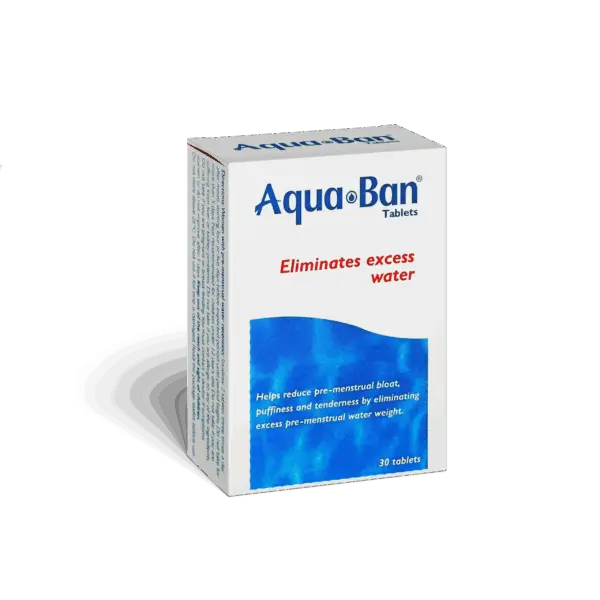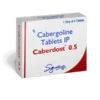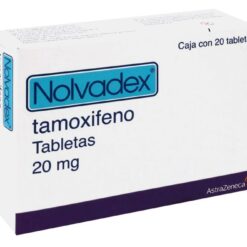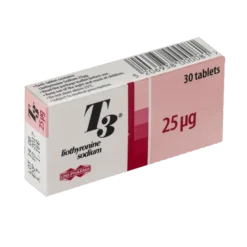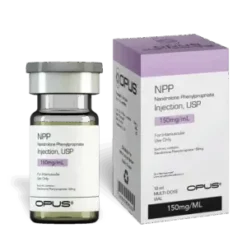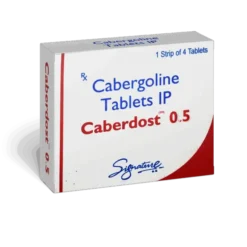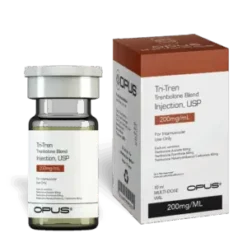AquaBan – Water Retention Tablets
$45.00
Aquaban is a licensed medicine that comes in tablet form. It contains two diuretics that help you get rid of the water that builds up in the body’s tissues and cells.
Active ingredients: Ammonium Chloride BP 325mg
Also contains: Caffeine Anhydrous BP 100mg, E131, Microcrystalline cellulose
Buy AquaBan Online | Water Retention Tablets For Sale At The Anabolic Store.
Aqua-Ban is a diuretic, also known as a water pill, that helps to increase urination.
It is commonly used to address symptoms like bloating, swelling, and fullness, which are often linked to water retention associated with menstrual cycles.
Be sure to follow the instructions on your medication label and packaging. Inform all of your healthcare providers about any pre-existing conditions, allergies, and all medications you are currently taking.
You should avoid using Aqua-Ban if you are allergic to it or if you are unable to urinate.
Consult with your doctor or pharmacist to ensure Aqua-Ban is safe for you if you have conditions such as:
-
Kidney disease
-
Heart disease
-
High blood pressure
Use Aqua-Ban strictly as directed on the label or as your doctor prescribes. Do not take more or less than recommended, and never use it for longer than prescribed.
Avoid taking more than 4 doses of pamabrom within a 24-hour period.
While using Aqua-Ban, drink 6 to 8 glasses of water daily.
Increased urination is a normal effect of the medication, signaling that it is working.
If your symptoms do not improve after 10 days, discontinue Aqua-Ban and contact your doctor.
Store the medication at room temperature, away from moisture and heat, and do not remove pills from the blister pack until you are ready to take them.
Since Aqua-Ban is typically used on an as-needed basis, you might not follow a specific dosing schedule. If you miss a dose, take it as soon as you remember unless it’s almost time for your next dose. In that case, skip the missed dose and do not take extra medicine.
Follow your doctor’s guidance regarding any dietary or activity restrictions.
Seek immediate medical help if you experience signs of an allergic reaction, such as hives, trouble breathing, or swelling of the face, lips, tongue, or throat.
Common side effects may include gold-colored urine, which is a normal response to the medication and is not a cause for concern.
Pamabrom may interact with other medications, including both prescription and over-the-counter drugs, as well as vitamins and herbal supplements. Be sure to inform all your healthcare providers about any medications you are currently taking or plan to start or stop.
Related products
Cutting Steroids
Cutting Steroids
Cutting Steroids
Cutting Steroids
Orals
Blends
Cutting Steroids

